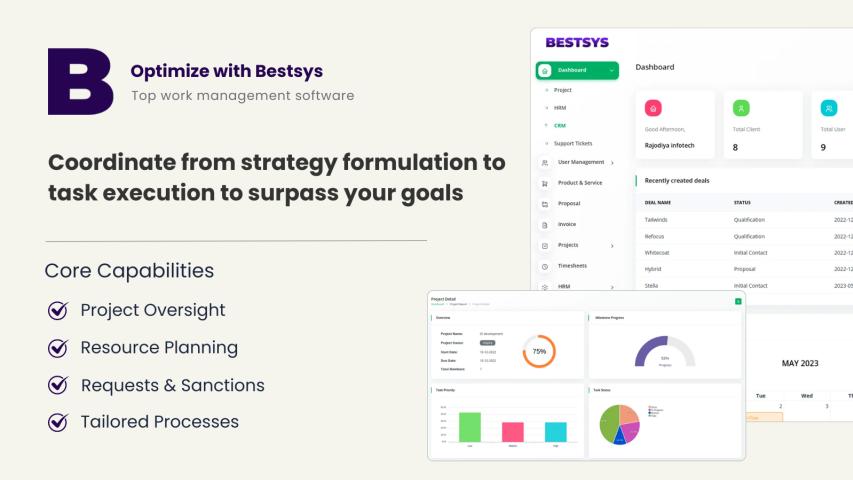In today’s digital-first world, businesses are generating and managing an unprecedented volume of content. From marketing collateral to product images, videos, and other digital assets, companies are inundated with files that need to be stored, retrieved, and utilized efficiently. This explosion of digital content has made the adoption of Digital Asset Management (DAM) systems not just a luxury but a necessity for modern enterprises. However, the decision to implement a DAM system often requires a solid business case, particularly in terms of cost savings and return on investment (ROI).
Understanding Digital Asset Management
Digital Asset Management is a system that centralizes, organizes, and facilitates the management of digital assets. These assets can include anything from logos and product images to marketing videos and presentations. By providing a single source of truth for all digital content, DAM systems streamline workflows, improve collaboration, and ensure that assets are used consistently across all channels.
The Cost of Inefficiency
Before delving into the cost savings offered by DAM, it’s important to understand the costs associated with inefficient digital asset management. Without a DAM system, companies often face:
- Wasted Time: Employees spend a significant amount of time searching for assets, often using outdated or incorrect versions, leading to wasted effort and duplicated work.
- Inconsistent Branding: Without centralized control, brand consistency suffers. This can lead to confusion in the market and a diluted brand image.
- Compliance Risks: Mismanagement of digital assets can result in non-compliance with legal and regulatory standards, which can be costly in terms of fines and reputational damage.
- Lost Revenue: In the fast-paced digital economy, the inability to quickly deploy the right assets can result in missed opportunities and lost sales.
How Digital Asset Management Drives Cost Savings
Implementing a Digital Asset Management system can mitigate these issues by delivering substantial cost savings across various dimensions:
- Reduced Labor Costs: By automating the process of searching, retrieving, and distributing digital assets, DAM systems reduce the time employees spend on these tasks. This allows them to focus on higher-value activities, increasing overall productivity.
- Lower Storage Costs: DAM systems often include advanced features like deduplication and compression, which reduce the amount of storage space needed. This can result in significant savings, particularly for companies that deal with large volumes of high-resolution images and videos.
- Minimized Errors: A centralized DAM system ensures that all team members have access to the most up-to-date and approved assets, reducing the risk of errors and the costs associated with correcting them.
- Enhanced Collaboration: DAM facilitates easier sharing and collaboration across departments and locations, reducing the need for expensive and time-consuming meetings or communications to align on asset usage.
Calculating the ROI of Digital Asset Management
When making the business case for Digital Asset Management, it’s crucial to demonstrate the potential ROI. Here are some factors to consider:
- Time Savings: Calculate the amount of time employees currently spend searching for assets and compare it to the time savings offered by a DAM system. This can be translated into labor cost savings.
- Brand Consistency: Quantify the value of maintaining a consistent brand image. This could include increased brand loyalty, higher customer retention, and more effective marketing campaigns.
- Asset Reuse: DAM systems make it easier to repurpose and reuse existing assets, reducing the need for new content creation. This can lead to significant cost savings, especially for companies with large marketing and creative teams.
- Faster Time-to-Market: A DAM system enables quicker deployment of marketing campaigns and product launches, which can directly impact revenue. Faster time-to-market can give a company a competitive edge and boost sales.
- Compliance and Risk Management: Consider the potential costs associated with non-compliance, such as fines or legal fees, and how a DAM system can help mitigate these risks.
Martech Adoption and its Impact on ROI
As companies continue to invest in marketing technology, or Martech Adoption, integrating DAM systems into the Martech stack is becoming increasingly common. This integration can further enhance ROI by providing a seamless workflow between asset management, marketing automation, and analytics tools. By leveraging the full potential of Martech, businesses can optimize their marketing efforts, improve targeting, and deliver personalized experiences to customers, all of which contribute to higher ROI.
Real-World Examples and Tech Reviews
To solidify the business case for Digital Asset Management, it’s helpful to look at real-world examples and tech reviews from companies that have successfully implemented DAM systems. Many businesses report significant improvements in productivity, brand consistency, and overall cost savings. These success stories can provide valuable insights and serve as a compelling argument for DAM adoption.
Conclusion: The Strategic Value of Digital Asset Management
In conclusion, Digital Asset Management is more than just a tool for organizing files—it’s a strategic asset that can drive cost savings and improve ROI. By streamlining workflows, enhancing collaboration, and ensuring brand consistency, DAM systems offer a compelling business case for any organization looking to optimize its digital operations. As part of a broader Martech Adoption strategy, DAM can play a critical role in maximizing the value of digital assets and driving business success in today’s competitive landscape.















